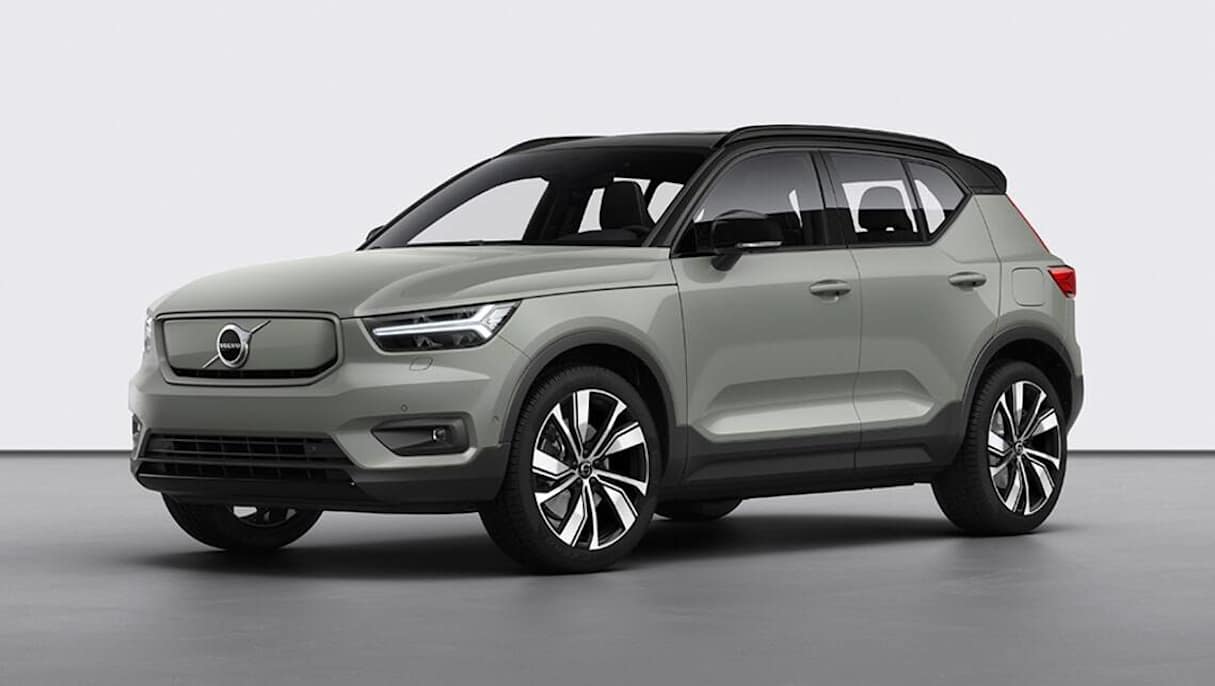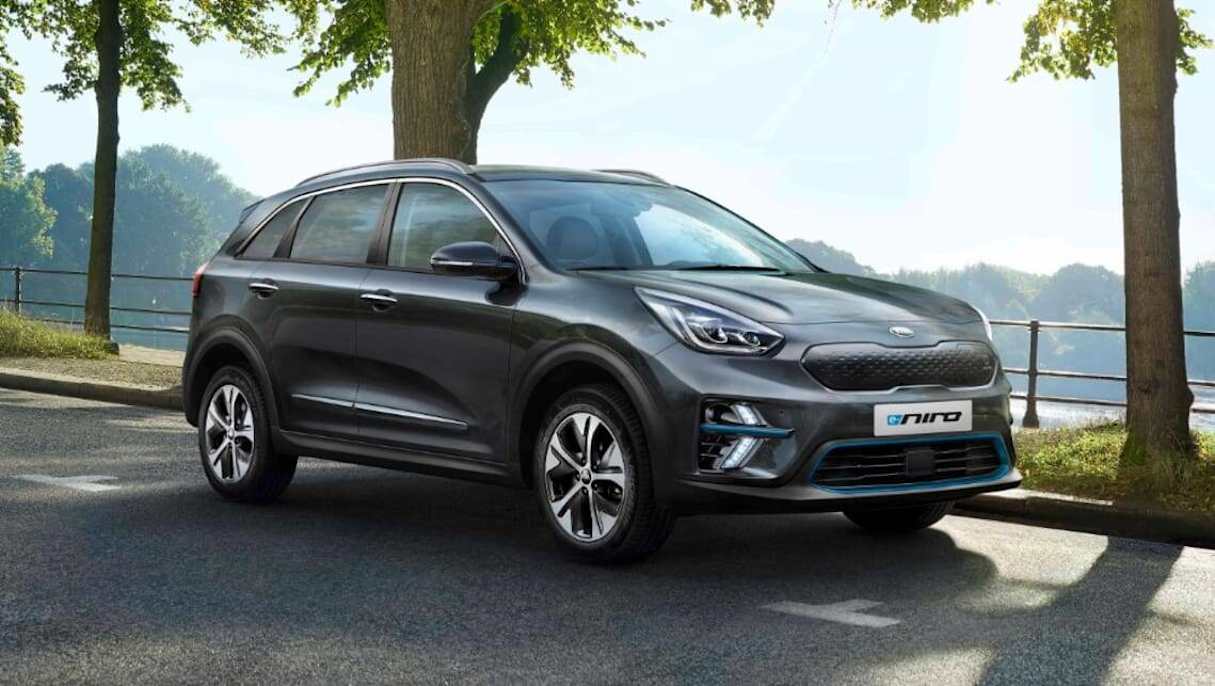After years of talking, planning and plenty of concept cars, the age of the electric vehicle has truly dawned.
More and more battery-powered vehicles are appearing in local showrooms, which is creating more choice and slowly bringing prices down.
As of today, you can buy a Tesla Model S, X or 3, a Hyundai Kona or Ioniq Electric, a Jaguar I-Pace, a Nissan Leaf, a BMW i3 and a Mercedes-Benz EQC – to name a few. And by the end of 2020, you’ll be able to add the Porsche Taycan and Audi e-tron to that list.
Beyond that, Volkswagen is promising to shake up the market with its Golf-sized ID.3 hatch and ID.4 crossover, but those are not due until sometime in 2022. Between now and then, there are plenty of new EVs headed our way, so here’s what you need to know before you think about making the switch.
MG ZS EV - H2 2020
The Chinese-owned brand is making a splash with its first EV. It will offer the first 100 examples of its electric ZS small SUV as the cheapest EV in the country, at $46,990 driveaway.
However, don’t think it will last forever, with the company hinting that the figure will strictly be an introductory offer before it rises to a more sustainable price.
What do you get for that money? The ZS EV is powered by a 105kW/353Nm electric motor paired to a 44.5kWh lithium-ion battery. MG claims it will have a driving range of 262km, which is significantly less than the similarly sized Kona Electric, which is rated at 449km.
Volvo XC40 Recharge P8 - Q4 2020

Small luxury SUVs are increasingly popular, just like EVs, so it makes sense to combine the two. Volvo will release its first EV before the end of the year, the lengthily named XC40 Recharge P8.
It’s powered by a pair of electric motors to endow it with all-wheel drive performance, making 300kW/660Nm. The motors are supplied by a 78kWh lithium-ion battery, which can provide a range of 400km according to the WLTP test.
The battery can also be recharged from empty to 80 per cent capacity in just 40 minutes using a DC fast charger.
The electric XC40 will be differentiated from the regular model by its unique grille, 19- and 20-inch alloy wheels and ‘Recharge’ badging.
Polestar 2 - Q4 2020
_1.jpg)
The XC40 isn’t Sweden’s only entrant into the EV market in 2020. Volvo’s new Polestar sub-brand for performance-biased EVs will make its entrance into the local market with the Polestar 2 around the same time as the XC40 P8 Recharge.
While it uses the same dual-motor powertrain as the XC40, to differentiate the two Swedes, the Polestar 2 is housed within a unique body. Part-SUV, part-liftback, the Polestar 2 will spearhead the new sub-brand in Australia because the stylish Polestar 1 coupe wasn’t built in right-hand drive.
Volvo Australia boss Nick Connor has previously told CarsGuide that the new brand is likely to follow the same model established by Hyundai’s Genesis, with small showroom spaces in the major capitals where customers can look at the car, but all purchasing will be done online.
Kia EV – 2021

The South Korean brand was originally meant to launch the e-Niro, an electric compact SUV, in January, but global demand meant we missed out. But Kia is determined to get involved in the EV race and has committed to introducing an all-new EV model by the end of 2021.
It’s expected to utilise the new Electric-Global Modular Platform (E-GMP) that’s being developed by Hyundai. The E-GMP platform will roll out underneath a range of Hyundai and Kia EVs, including the production version of the Hyundai 45 Concept and whatever Kia’s next model is.
The company’s local executives have promised to “blur the boundaries” between traditional passenger cars and modern SUVs.
While most of the technical details are still secret, we do know to expect a driving range of approximately 500km from the E-GMP models, which should make Kia’s first EV competitive when it does arrive.
Tesla Model Y - H1 2021
_0.jpg)
Riding high on the successful arrival of the Model 3 mid-size sedan, the American start-up will expand again with the Model Y SUV.
Following the template set by the Model 3 but in a taller body, the Model Y will feature many of the same elements, including a minimalist cabin with all functions run through a 15-inch central touchscreen.
It will be available in two specifications - Performance and Long Range AWD - both powered by a dual-motor, all-wheel drive set-up. The Performance will have a range of approximately 480km and a 0-100km/h time of 3.7secs, while the Long Range can manage 505km between charges but a 5.1sec 0-100km/h run.
Mazda MX-30 - 2021
-14_0.jpg)
While Toyota maintains its focus on hybrid-for-the-masses, its nearest rival in the sales charts is preparing to move into the electric market in 2021. Mazda has been carefully shifting to a more premium position in the last few years, which could help with the introduction of the MX-30; as it will likely command a premium price.
The compact SUV will be powered by a 35.5kWh battery paired to an electric motor that makes 105kW/265Nm. The current claimed range for overseas models is approximately 200km, which would put it at a disadvantage to its most obvious rival, the Hyundai Kona Electric. However, Mazda also claims that it can utilise a 50kW rapid charger to replenish from zero to 80 per cent capacity in roughly 40 minutes.





.jpg)

.jpg)
.jpg)



.jpg)
.jpg)

_2.jpg)


.jpg)


.jpg)
.jpg)

.jpg)
.jpg)



.jpg)